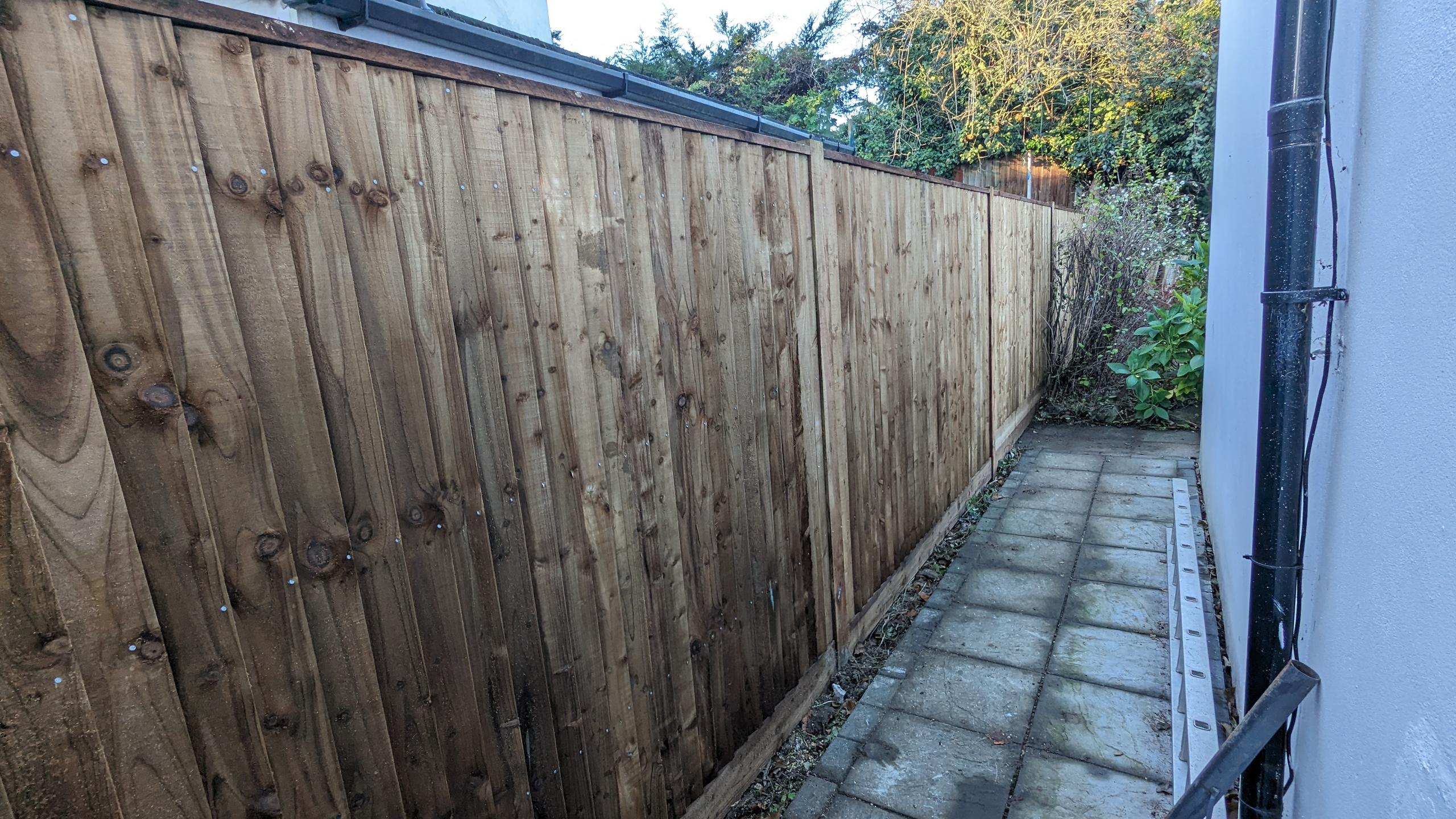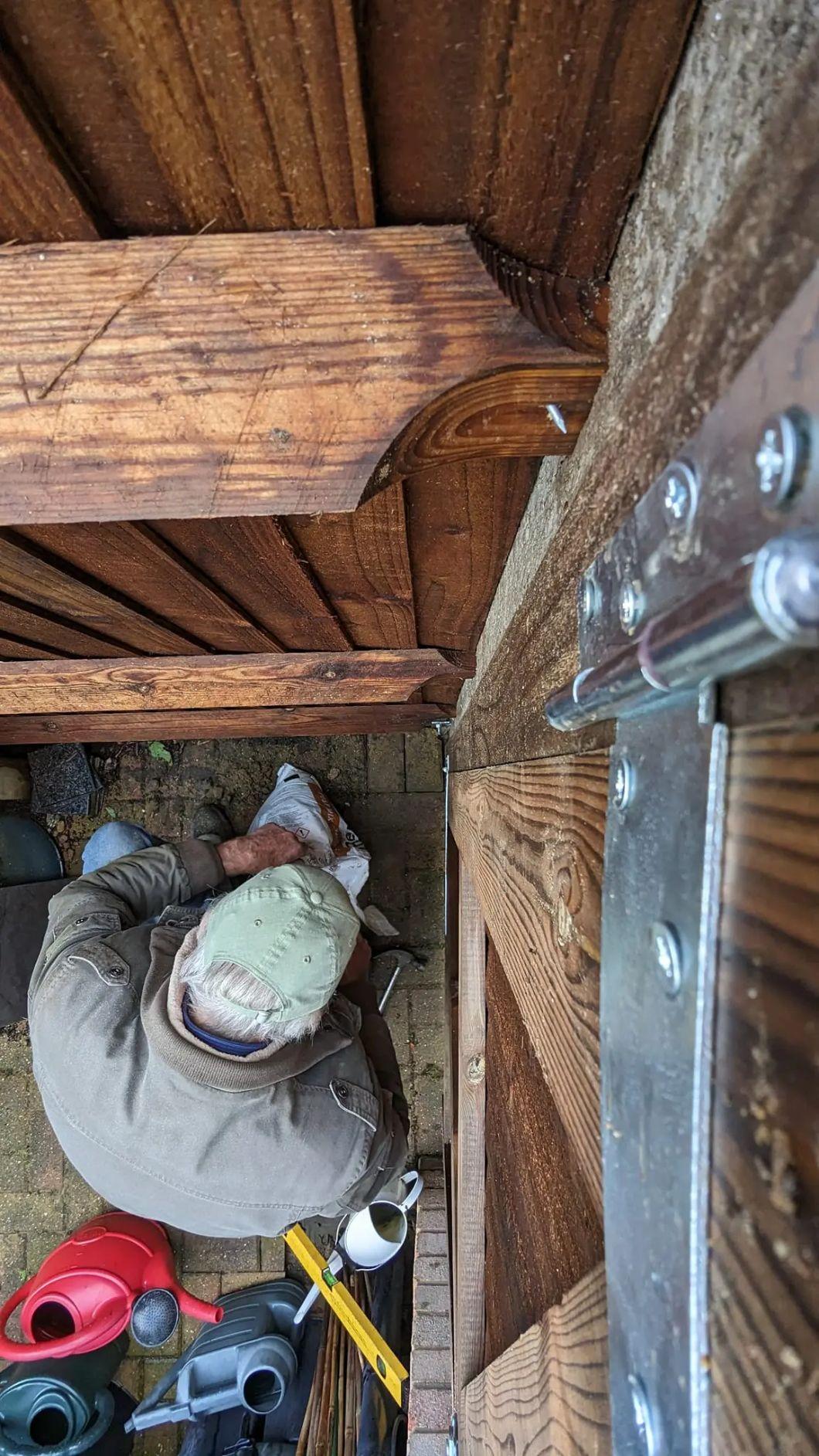Closeboard Fencing sizes
Closeboard Fencing: Bay Sizes
Sheridan fencing - Dave Relf
Closeboard fencing, a staple in many residential and commercial landscapes, offers both aesthetic appeal and robust functionality. Understanding its standard sizes, adaptability, and the various components involved can help homeowners and professionals make informed decisions. Here's a closer look at this versatile fencing solution.
Standard Bay Sizes
Closeboard fences typically come in distinct bay sizes. The most prevalent among these are the 9ft bays. However, for specific project requirements or preferences, bays can also be sourced in 10ft or 8ft lengths. The sizing convention is primarily influenced by the arris rails—key support structures for the fencing panels—which are manufactured in spans of 9ft and 10ft.
Standard Bay Sizes for Closeboard Fencing:
9ft Bays: The most common size, often preferred for its balanced proportions and widespread availability.
10ft Bays: Slightly larger than the standard 9ft, suitable for broader areas or when a more expansive look is desired.
8ft Bays: A more compact option, ideal for smaller spaces or projects requiring a different aesthetic.
Height Flexibility in Closeboard Fencing
In terms of height, closeboard fencing provides flexibility, allowing for customization between 3 feet and 6.5 feet. This range caters to diverse preferences and practical needs while maintaining the fence's structural integrity.
Tailoring to Unique Requirements
One of the standout features of closeboard fencing is its adaptability. Whether you're dealing with challenging terrains or specific environmental factors, this fencing solution offers flexibility. For instance, if your property is located in a windy area, setting posts at closer intervals, such as 6ft apart, can enhance stability. This adjustment in post spacing allows for the customization of fencing components to achieve the desired height and coverage.
Customizable Gravel Boards
Gravel boards play a crucial role in prolonging the lifespan of the fencing by preventing direct contact with the ground, thus reducing the risk of rot and decay. Closeboard fencing offers the choice between wooden and concrete gravel boards. Additionally, these boards can be tailored to specific dimensions, ensuring a seamless fit and enhanced protection for the fencing structure.
Conclusion
Closeboard fencing stands out not only for its durability and aesthetic appeal but also for its adaptability. With standard bay sizes catering to various needs and the ability to customize components, it remains a preferred choice for many fencing projects. Whether you're aiming for a traditional look or seeking a practical solution tailored to specific conditions, closeboard fencing offers a blend of versatility, functionality, and design flexibility.
Closeboarding is a fencing style where vertical feather-edge boards are
tightly fitted using nails onto horizontal rails, creating a solid and
continuous barrier. This method, renowned for its strength and
traditional look, employs overlapping boards that are securely fastened,
offering both durability and a distinctive appearance to the fence
structure.


